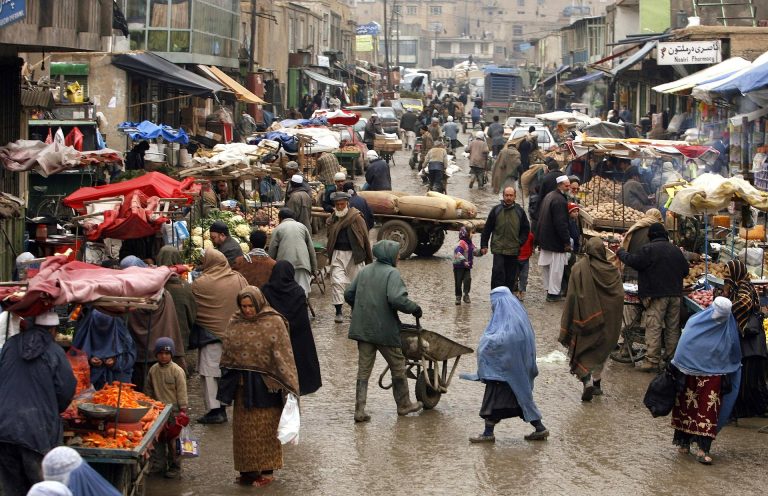After the U.S. began withdrawing from Afghanistan, the Taliban wasted no time regaining control of the country. The capital city of Kabul was seized on Aug. 15 and eventually formed a government. The Taliban promised to do away with its brutal tactics of governance, but recent events have suggested otherwise.
In a display that shocked many people, the Taliban hanged the body of a dead man from a crane in the main square of Herat, a city in western Afghanistan. Wazir Ahmad Seddiqi, a pharmacy owner, told the Associated Press that the Taliban had initially brought four bodies to the main square, but three were moved and put on display in other parts of the city.
According to Sher Ahmad Ammar, deputy governor of Herat, the four dead men were kidnappers who had abducted a businessman and his son. While attempting to smuggle the father-son duo out of the city, the kidnappers were seen by people patrolling the checkpoints. During an exchange of gunfire, all four kidnappers were killed. The father and son were rescued and unharmed according to Ziaulhaq Jalali, a Taliban-appointed district police chief in Herat. However, a civilian and a Taliban fighter sustained injuries.
Mohammad Nazir, a resident of Herat who was out shopping for food when he heard a loudspeaker announcement calling for people’s attention, said that the body of the kidnapper was brought in a pickup truck. On the chest of the body, a sign read, “This is the punishment for kidnapping.”
“I was in a taxi and going towards the downtown when I saw the Taliban had used a crane to hang a dead body… People were running to see it. I was watching it through the taxi’s back window. Then, when I arrived at the next square, I saw another man hanging from a crane … a body was hanging in square after square. I’m still in shock,” a resident of the city said to the Guardian.
Success
You are now signed up for our newsletter
Success
Check your email to complete sign up
A Taliban commander said that the aim of the hanging was to “alert all criminals that they are not safe.” Herat’s deputy governor Mawlawi Shir Ahmad Muhajir stated that the punishment was necessary to teach a “lesson” to kidnappers “not to kidnap or harass anyone.”
The gruesome display occurred just a few days after one of the Taliban’s founders, Mullah Nooruddin Turabi, warned in an interview with AP that they would once again resume amputations and executions as punishments. “No one will tell us what our laws should be. We will follow Islam and we will make our laws on the Quran.”
The U.S. State Department has criticized the actions, stating that they constituted “clear gross abuses of human rights.” Spokesperson Ned Price said that Washington stood with the international community “to hold perpetrators of these — of any such abuses — accountable.”
Though the Taliban had promised Afghans gentler, kinder governance, its actions have not shown moderation. Apart from the above incident, assaults on journalists and women are examples of how the Taliban continues to maintain a hardline worldview.
“What we’re already seeing are signs that despite efforts to pretty up the ugly reality, Taliban 2.0 has many of the same deeply disturbing practices as Taliban 1.0,” Kenneth Roth, executive director of Human Rights Watch, said during a recent discussion moderated by the International Commission of Jurists.















